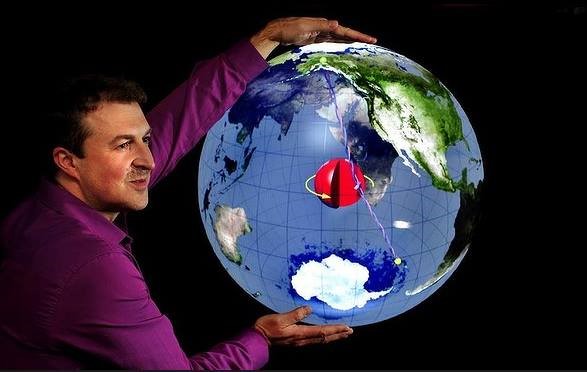Earth's correlation wavefield and new insights into the Earth's centre from the detection of J waves
Speaker: Prof Hrvoje Tkalčić
Head of Seismology & Mathematical Geophysics
The Australian National University
More than 75 years ago, the Earth’s core was hypothesized to be solid in the center as a result of a liquid–solid phase change in iron, which implies that shear waves in its solid part (seismic J phase) should exist. Some claims of such observations have been made, but due to its small amplitudes the J phase has remained elusive. According to some researchers, the compressional body waves that convert to shear waves during the passage through the inner core (a.k.a. PKJKP) were termed “the holy grail of body wave seismology”.
I will tell a story on how an 80-year quest to find PKJKP waves took an unexpected turn: we employed recent advances in Earth's correlation wavefield to detect the presence of the J phase. From the observations of the J phase, we confirmed the solidity and obtained new estimates for shear properties of the Earth’s inner core, including shear wave speed, shear modulus and attenuation. The newly determined, shear properties of Earth’s inner core explain the absence of PKJKP waves in the seismic wavefield and have significant implications for geodynamics and mineral physics studies.
Further proliferation of seismic recorders in remote areas of the Earth and at the ocean bottom will improve the clarity of the features in Earth’s correlation wavefield and, in turn, place more constraints on the Earth’s interior.

